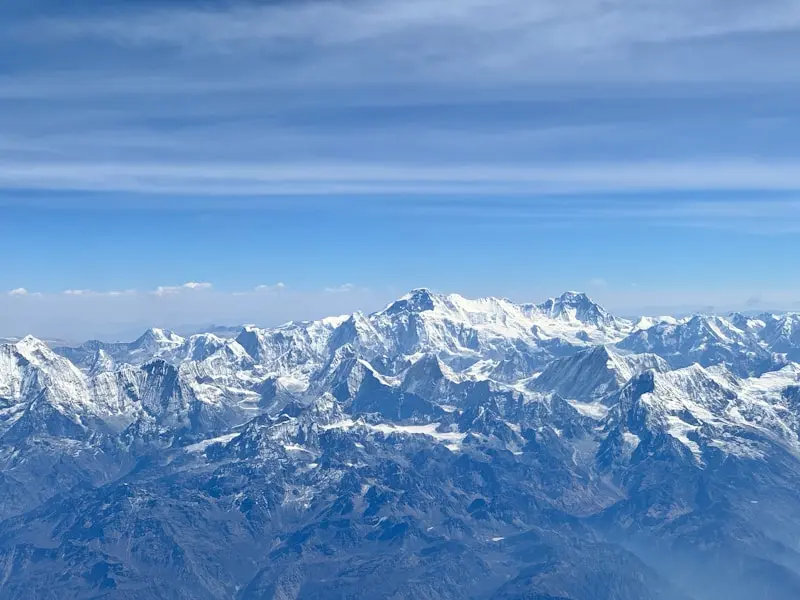Mount Everest (known as Chomolungma) stands at a staggering 8,849 meters, making it the tallest mountain in the world. But how did scientists determine its exact height? And how do researchers figure out the elevation of any given mountain? Many of us, sitting in math class, have thought, “I’ll never use trigonometry in real life.” But it turns out, this discipline is quite essential. For instance, the most traditional method of measuring a mountain’s height relies heavily on trigonometric skills, as reported by IFLScience.
The method, known as triangulation, requires knowledge of the distance between two points on the ground and the angle between those points and the mountain’s peak. Additionally, the person conducting the calculations must know the elevation of the point from which the mountain is being measured, while also accounting for the curvature of the Earth. When it comes to measuring angles, precision is key. This is where a theodolite comes into play—a telescope-like optical instrument that can measure both horizontal and vertical angles. With two angles and the length of one side of a triangle, several trigonometric formulas (primarily the sine theorem and Heron’s formula) can be applied. And voilà: the mountain’s height is determined.
The problem is that this method, while historically used, is not the most accurate. For example, when British Army officer Sir Andrew Scott Waugh and his team measured Everest as part of the Great Trigonometrical Survey, they encountered interference from the Earth’s atmosphere. This extensive survey lasted much of the 19th century. Changes in air density can cause light to refract in the atmosphere, a phenomenon known as atmospheric refraction. This effect is more pronounced over long distances, making objects appear taller or shorter than they actually are, which can lead to inaccurate measurements.
Until recently, mountain heights were also often determined using barometric altimeters based on air pressure. The issue is that for every 100 meters of elevation gain, air pressure decreases by about 12 millimeters of mercury. However, this method was relatively accurate as well. Now, the global positioning system, or GPS, has come to the rescue of mountain height measurers. This technology is invaluable, as a mountain’s height can change due to geological events, such as earthquakes.
Interestingly, the first person to determine the height of Everest in 1852 was Bengali and Indian mathematician Radhanath Sikdar (1813-1870), a key participant in the aforementioned Great Trigonometrical Survey. He was the one who proved that Chomolungma is the highest point on the planet above sea level.

